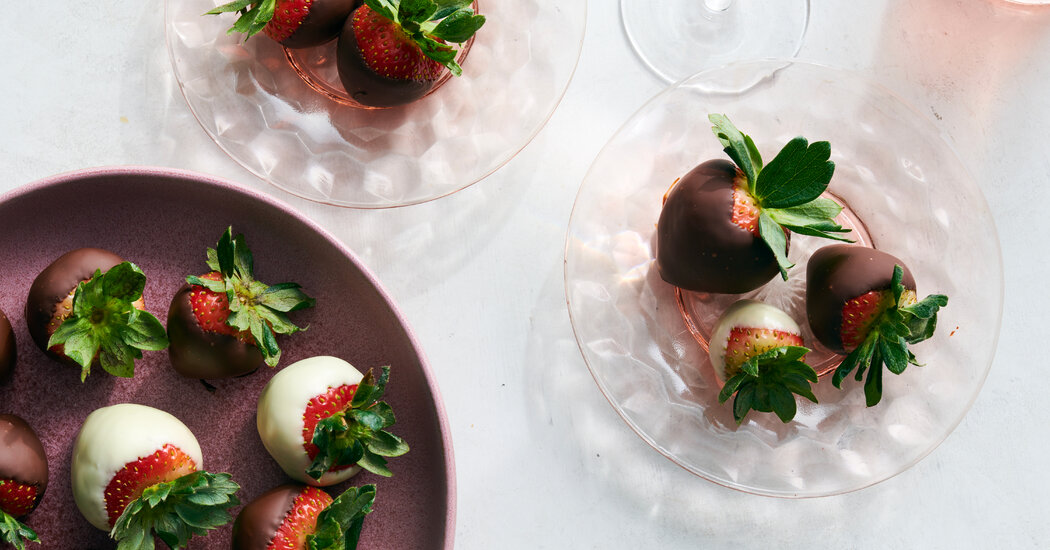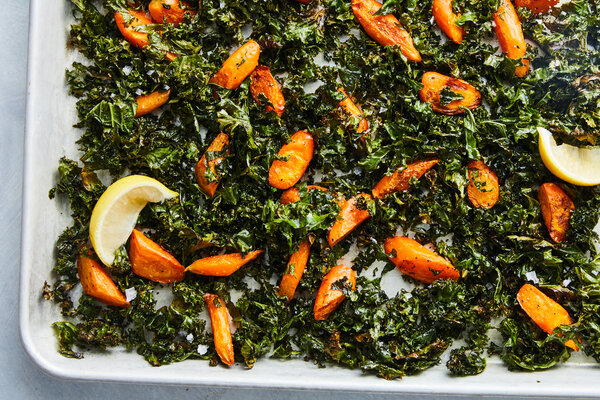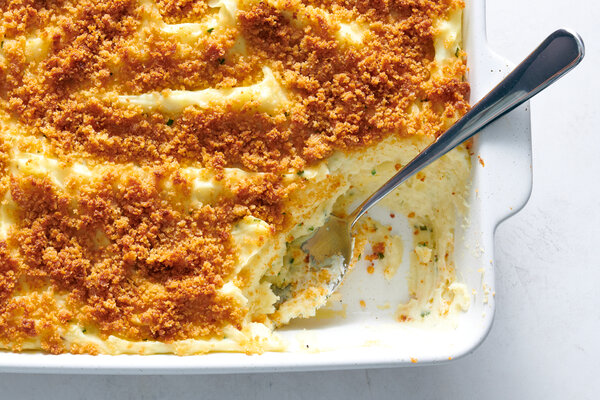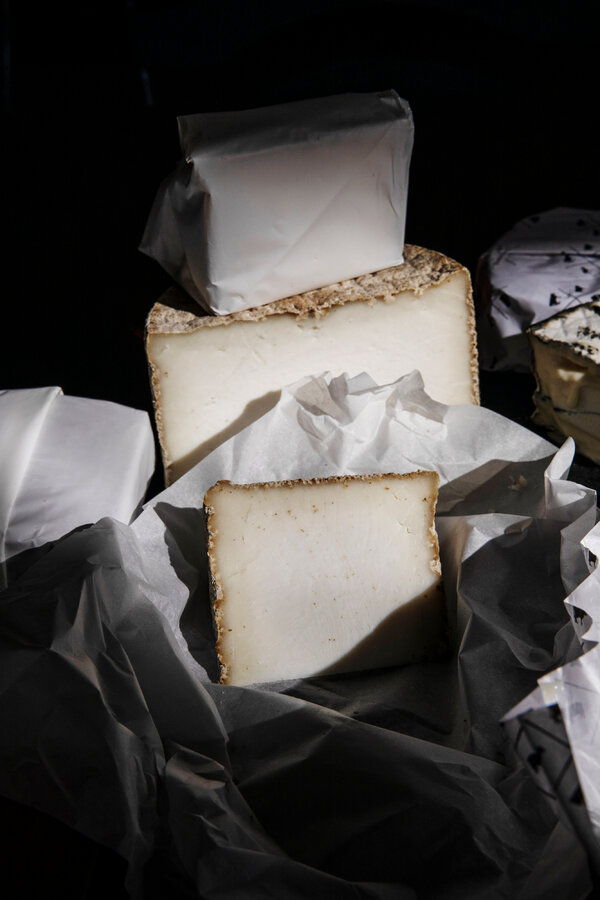Remember the last time you bit into a chocolate-covered strawberry? If the shell snapped audibly, pooling on your tongue as it melted, then chances are that chocolate was tempered. Tempering, essentially melting and cooling chocolate, is why that thin shell of chocolate yielding to a juicy berry cracks with such a crisp, satisfying sharpness.
No one needs to learn how to temper chocolate to enjoy it, but knowing this basic skill of a professional chocolatier — and the science behind it — can broaden your understanding of why the chocolate you eat every day looks and feels and tastes the way it does. It also opens up a world of homemade confections. Think chocolate-covered strawberries and whatever else your heart (or sweetheart) desires: bananas, marshmallows, candied oranges.
“The number one mystique that has to do with chocolate is tempering,” Alice Medrich writes in her award-winning cookbook, “Cocolat: Extraordinary Chocolate Desserts.” So let’s demystify it: Chocolate is made with sugar, cocoa solids, cocoa butter and, sometimes, flavorings like vanilla and emulsifiers like lecithin. Cocoa butter, the natural fat extracted from cocoa beans, is what makes chocolate liquid when hot and solid when cold. To temper chocolate, then, is to melt and cool it (and sometimes warm it again) to the right temperatures to get a snappy, shiny shell that sets and doesn’t melt at room temperature.
Crystallization is the keyword here. When chocolate is first melted, the cocoa butter’s fat crystals melt completely. To start reforming those crystals, stir the melted chocolate to cool it; finely chopped chocolate (called seed chocolate) can be added to jump-start this cooling process. If the chocolate becomes too thick for dipping, reheat it gently. All of this allows the cocoa butter to solidify again at room temperature with even and stable fat crystal formation.
And if it doesn’t set? Feel free to just refrigerate it.
Paul Lorusso has been tempering chocolate since he was a teenager. (His family has been in the confectionary business for generations.) In the 1960s, his mother, Lorraine Lorusso, was working at Stop & Shop, a gourmet food store in the suburbs of Chicago. Mr. Lorusso said that it was there that she thought to take the giant strawberries from the fruit department next to her candy stand, then dip them in chocolate for Mother’s Day. “In 25 hours,” she said in a biography of her life, “with an investment of only $700, I had a return of over $3,800.”
Ms. Lorusso, who died in 2014, didn’t find out until decades later that she had been credited with inventing the chocolate-covered strawberry.
The innovation, now heavily associated with Valentine’s Day, has since become a popular gift item in the United States. Somia Farid Silber, the president of Edible Brands (the parent company of Edible Arrangements), said the company’s box of 12 dipped strawberries is a top seller, with sales peaking around Feb. 13 and 14. Last year, they sold 37.5 million chocolate-covered strawberries.
It actually makes a lot of sense to dip strawberries in chocolate in winter, when they’re harder and last longer in the refrigerator than when they are summer-ripe. Not to mention, they can use the sweetness of chocolate to offset their out-of-season tartness.
You can buy chocolate-covered strawberries, or you can dip your own at home as an act of love for your family (or to practice your chocolate tempering). This recipe highlights an easy method for those who want to partake in the joys of making snappy chocolate at home. But the real secret to tempering chocolate is this: “Anyone can learn,” the chocolatier Jacques Torres said.
In 2000, Mr. Torres opened his chocolate shop and factory in Brooklyn because his work as the executive pastry chef at Le Cirque didn’t leave time for real life. But he could make shelf-stable chocolate in advance, which meant he could work normal hours and go home to have dinner with his family.
Still, the one time of year Mr. Torres doesn’t get to be home is around Valentine’s Day. Chocolate-covered strawberries cannot be made ahead, since the fruit is 90 percent water, which means they do not keep well. The magic happens down to the wire: On Feb. 12, the modern-day Wonka seeks out the best berries he can (bribing the sellers with Valentine’s Day chocolates, he joked). On Feb. 13 and 14, he starts at 3 or 4 a.m., tempering chocolate and dipping berries in his factory, so he can sell the coveted treats by the time his shop opens.
If you’re at home, a simple way to temper chocolate is to melt a portion of bar chocolate in the microwave or in a bowl set over simmered water, and to then cool it down with more unmelted, finely chopped chocolate (the seed chocolate), all the while stirring, to encourage even fat crystal formation as the cocoa butter solidifies again. You can add a teaspoon of olive oil to guarantee sheen. Dip bone-dry strawberries into that chocolate and set aside to harden.
You don’t need a candy thermometer or a factory to make chocolate-covered strawberries. All you need is the desire to learn.







